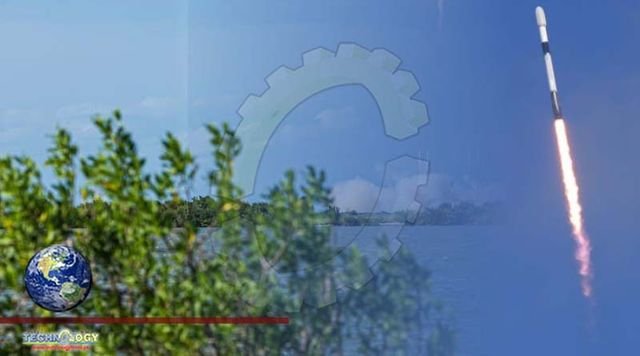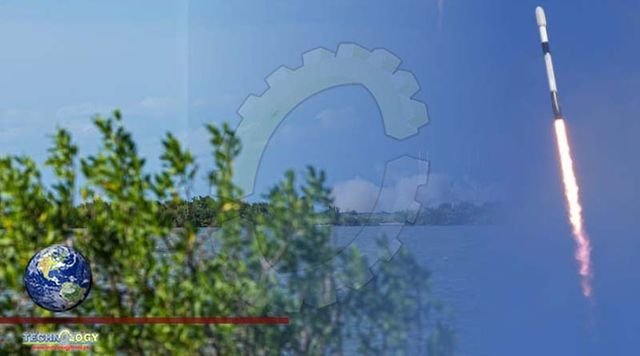SpaceX continued throttling up its launch rate with another Starlink mission from Cape Canaveral Friday, completing a rapid recycle with a 9 first stage booster flying for the second time.

SpaceX has ramped up its launch cadence this year. Elon Musk, the company’s founder and CEO, has said SpaceX aims to complete 60 Falcon 9 and Falcon Heavy flights in 2022, nearly double the 31 missions accomplished last year. The launch rate is sustained by SpaceX’s reuse of rocket boosters and payload fairing shells. Just one of the 17 Falcon 9 flights so far this year has used an all-new rocket.
The booster that flew on Friday’s mission — tail number B1062 — landed on SpaceX’s drone ship “A Shortfall of Gravitas” in the Atlantic Ocean after launching with Axiom’s Ax-1 mission April 8. The drone ship returned the rocket to port for inspections and minor refurbishment, then SpaceX integrated the booster stage with a new second stage and rolled the rocket into the hangar at pad 40.
Inside the hangar, SpaceX technicians mated the rocket with its payload of 53 Starlink satellites, already encapsulated inside the Falcon 9’s nose shroud. SpaceX rolled the fully assembled Falcon 9 to the pad just north of the hangar Thursday, then raised it vertical for final launch preps.
After a smooth countdown, the Falcon 9 fired its Merlin main engines and climbed away from pad 40 at Cape Canaveral Space Force Station at 5:27:10 p.m. EDT (2127:10 GMT) Friday. Chugging kerosene and liquid oxygen propellants, the Merlin 1D engines powered the 229-foot-tall (70-meter) rocket through the stratosphere on a trajectory northeast from Florida’s coastline.
Amid the fading rumble from the Falcon 9’s rocket engines, the first stage shut down and jettisoned, then arced to an altitude of nearly 400,000 feet before coming down for a propulsive vertical landing on the drone ship “Just Read the Instructions about eight-and-a-half minutes after launch.
Like most recent Starlink missions, the Falcon 9’s upper stage placed the 53 Starlink satellites into a near-circular orbit at an average altitude of 192 miles (310 kilometers) for deploying of the 53 flat-packed spacecraft, each weighing a bit more than a quarter ton.
The second stage ignited its single vacuum-optimized engine for two burns to place the Starlink satellites into the correct orbit for separation. Deployment of the Starlink satellites occurred south of Australia about 59 minutes into the mission.
SpaceX says the service is best suited for customers in remote, hard-to-reach areas, such as rural communities, isolated homes, islands, and ships. Customers can sign up for Starlink service online by paying a reservation fee and paying $599 for an antenna and modem. SpaceX charges $110 per month for consumer-grade Starlink service.
SpaceX has partnered with the U.S. military to demonstrate Starlink connectivity to airplanes. Delta Air Lines has also conducted “exploratory” tests of the Starlink system for possible future use on passenger aircraft, according to the Wall Street Journal.
“High-speed, low-latency internet is critical in our modern age, and during air travel is no exception,” said Jonathan Hofeller, SpaceX’s vice president of Starlink commercial sales, in a press release. “With Starlink, we’re able to provide an internet experience similar to or better than what passengers experience at home. We are creating a future that when all customers walk on to the plane, the internet just works — no hassles, no logins. By being the first air carrier to adopt Starlink, JSX is setting this new standard for air travel.”
Source: This news is originally published by spaceflightnow
